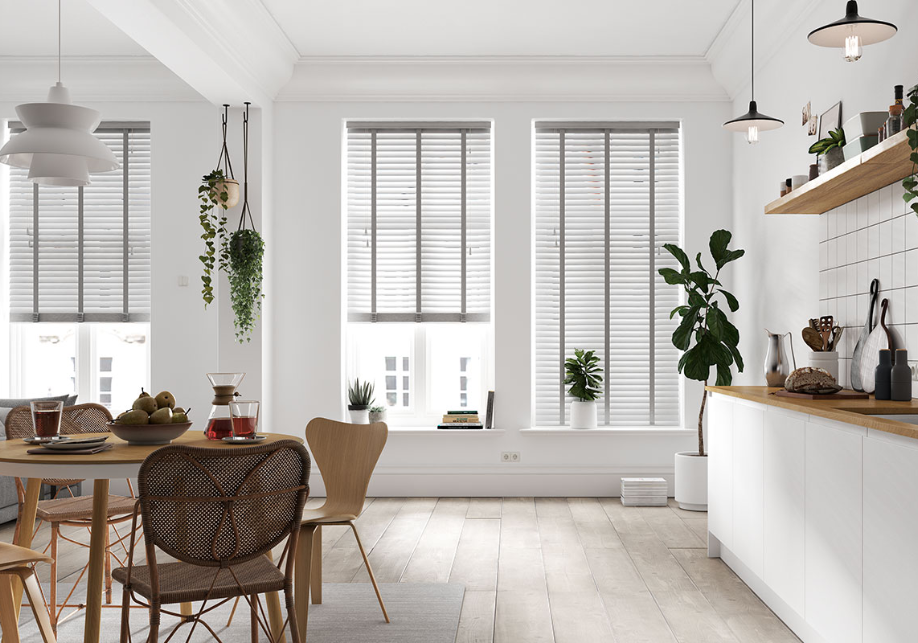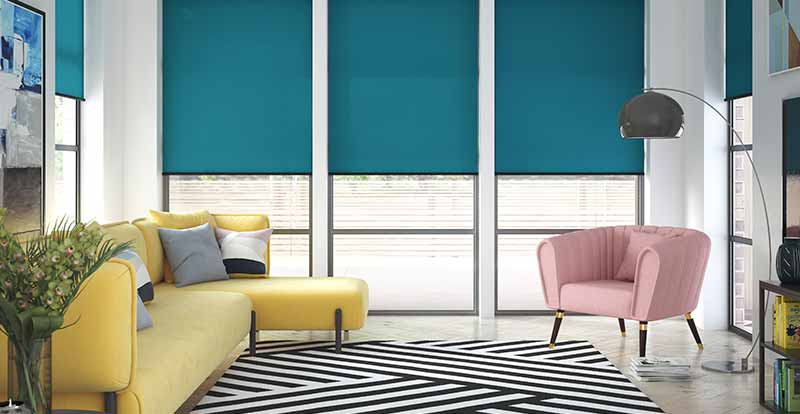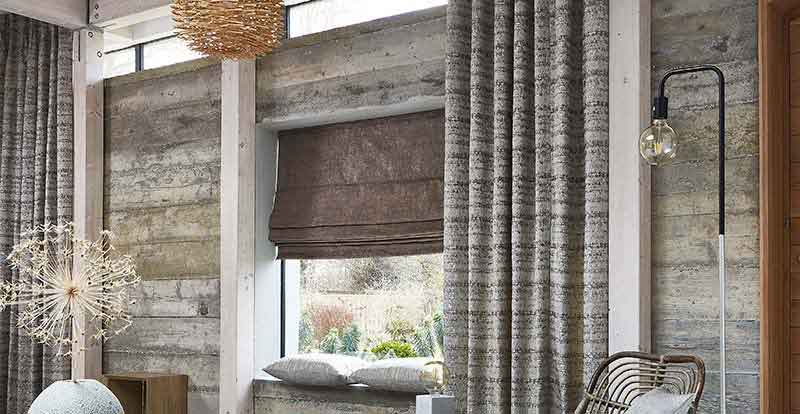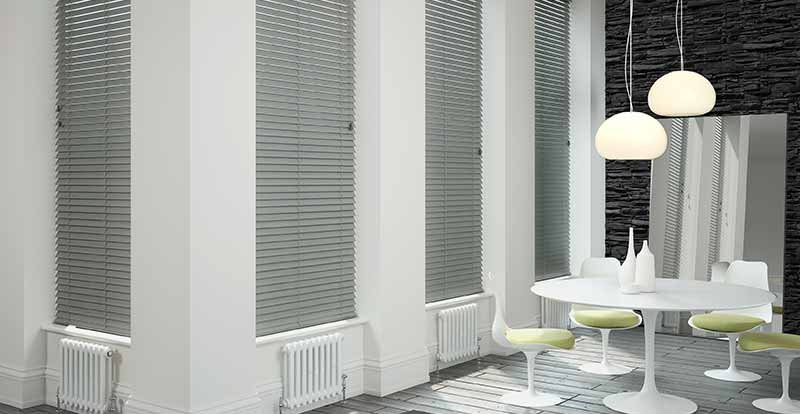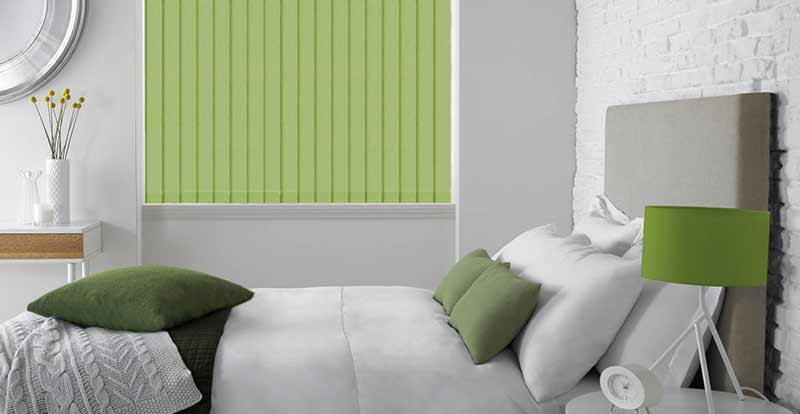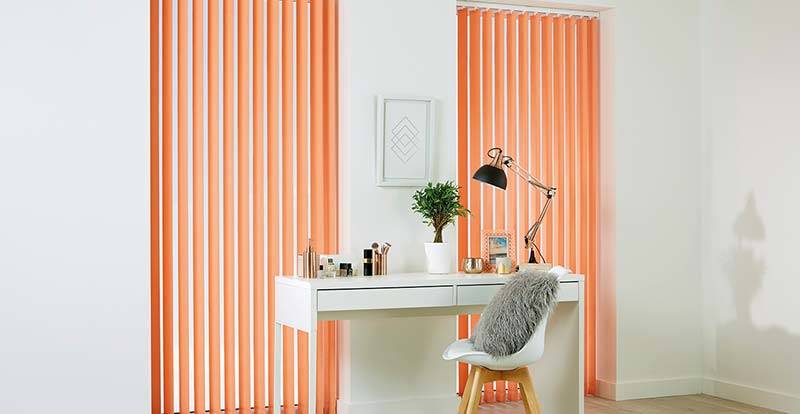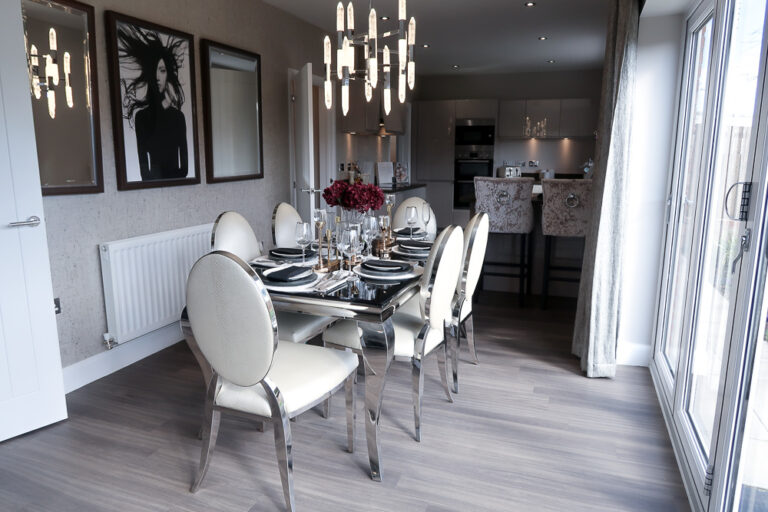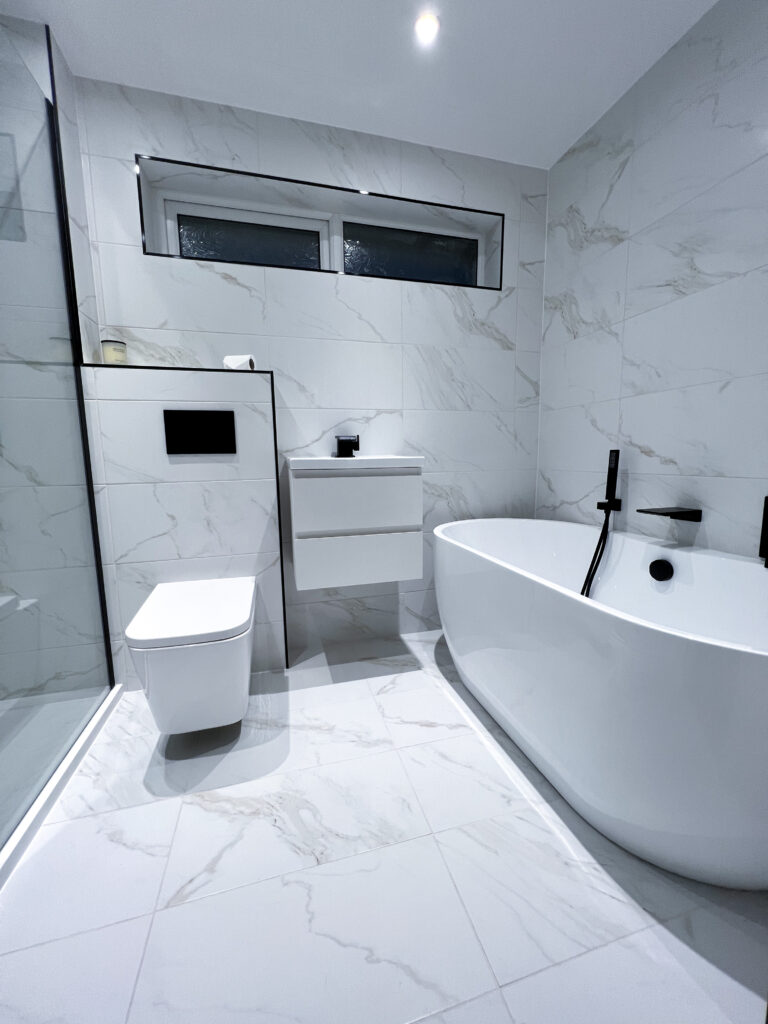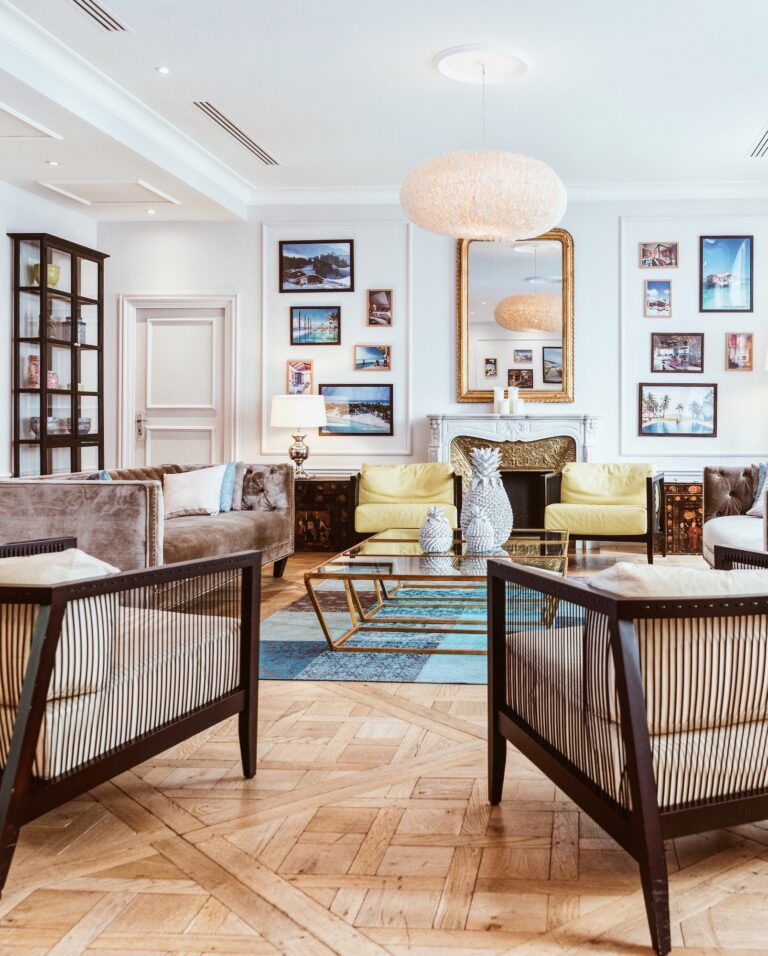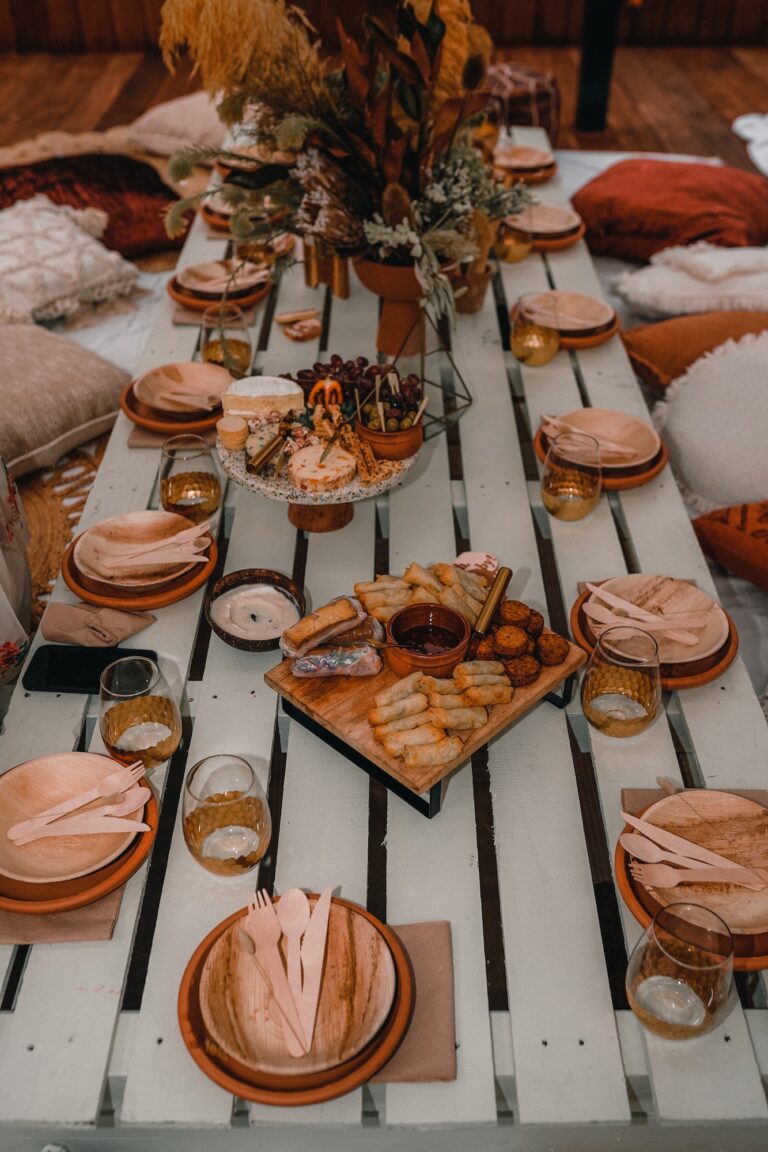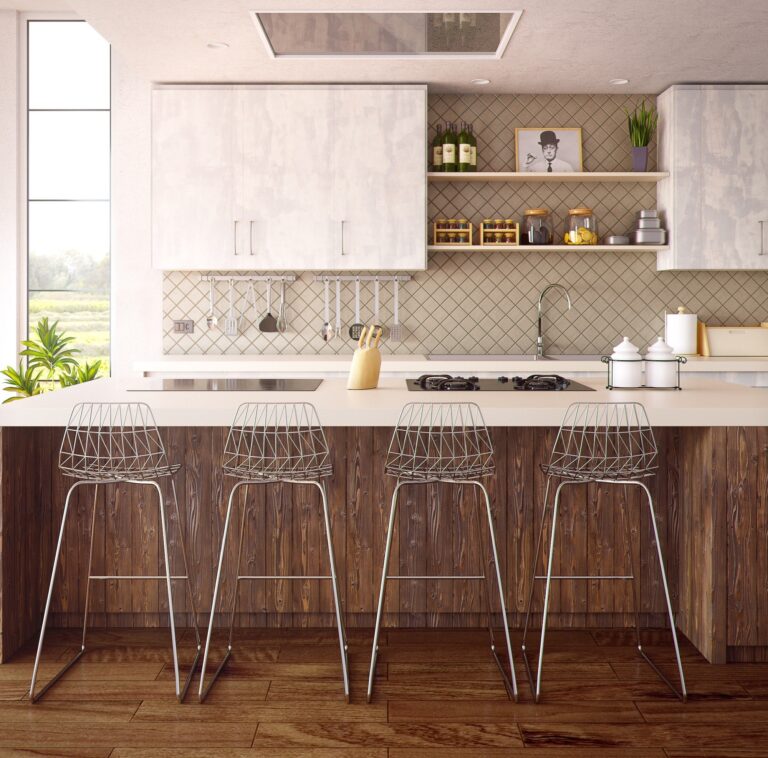3 Ways How To Use Colour Psychology In The Home
Ever find yourself drawn to certain colours and shades when it comes to homeware? It’s all down to how our brain translates that colour which not only determines our opinion on the shade but also how it makes us feel. You’ve probably noticed that certain colours make you feel ‘happy’ or ‘shocked’, which is exactly how colour psychology works.
In order to create a beautifully balanced home for yourself, it’s important to recognise the psychology behind home decor colours and shades. Interior designers have mastered this technique over the years, but consumers and customers can easily achieve this through their own purchasing and decor.
We’ve put together a mini-guide on how you can understand what each colour means and how it translates into a living space.
3 Ways How To Use Colour Psychology In The Home
#1 Warm vs. Cool Shades
There are 2 types of colours on the spectrum: warm and cool. Warm shades include reds, oranges, yellows and pinks whilst cool colours are purples, blues and greens. It’s important to know which types of shades to use in which rooms around the home.
For welcoming spaces that you’ll be inviting guests, entertaining or spending a lot of time, it’s wise to choose warmer colours as they invoke a happy and celebratory mood.
These would be great for hallways, living rooms, kitchens and can even be added to conservatories. Cool shades are best utilised in spaces that you’d like to feel cosy and calm, such as bedrooms and bathrooms. Blue is a very popular choice for both these room types and for a good reason!
#2 Colours And Their Specific Meanings
Here is a breakdown of what each colour means in terms of psychology:
- Blue: calm and cool
- Yellow: happy and optimistic
- Purple: luxury and serenity
- Red: confidence and energy
- Green: calm and relaxation
- Pink: romantic and playful
- Cream/Brown: simplicity and nature
- Orange: vibrant and enthusiasm
- Silver: prosperity and wealth
- Gold: luxury and wealth
- White: purity and youth
- Black: mystery and power
- Grey: elegance and classic
#3 Decorate How You Want To Feel
Now you know what each colour represents and how various hues invoke different meanings, it’s time to implement! Decorate the rooms in your home with the colours you want to feel when you are in that space. Office spaces benefit from being decorated in shades of oranges, reds, yellows and blues as they offer all the elements you may need for a productive workday.
If you’d like to promote a classic vibe, grey and brown shades are your best bet as they can be paired with a pop of another shade which can help bring a different mood to the room.
Luxury and wealth are represented by gold and silver accessories – it’s a great way to add a touch of class to any room, especially bedrooms and living rooms, where you want your guests to feel like royalty.
For fun options, pink and yellow are choices that are normally avoided in ‘classic home design’ as they are bold. Don’t be scared to step out of your comfort zone and do something different. Visit Swift Direct Blinds to browse an extensive selection of colourful blinds and curtains.
Related Read;
What are your thoughts on colour psychology in your home? We would love to hear them in the comments section below. As always, if you have found this article of any value we would love for you to ‘Pin It’ on Pinterest and share it with your friends and family across social media and beyond!

